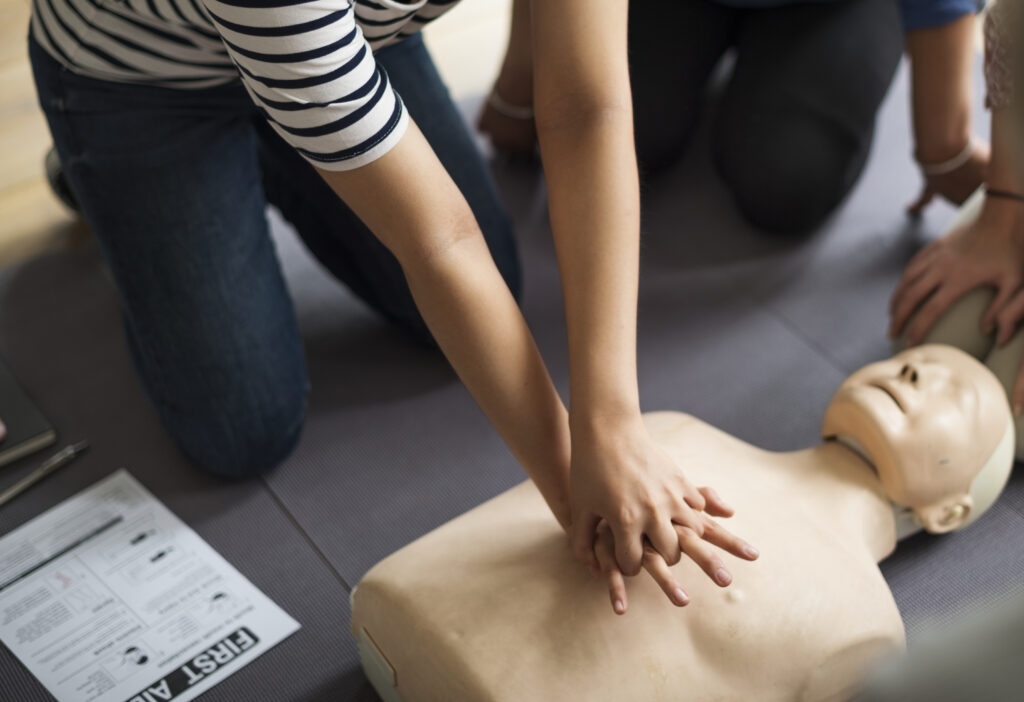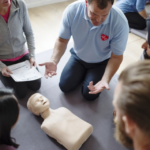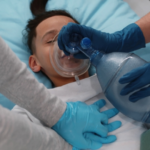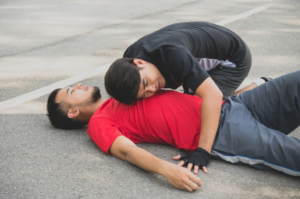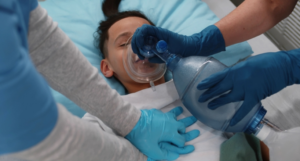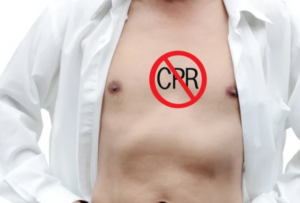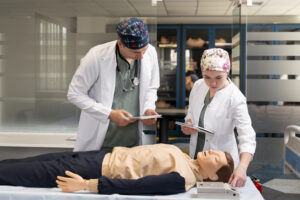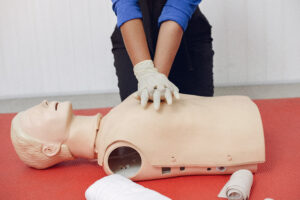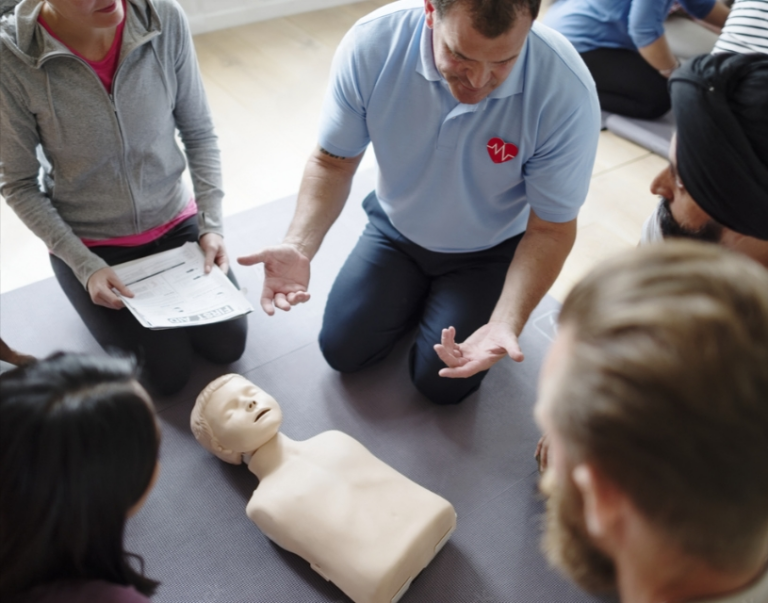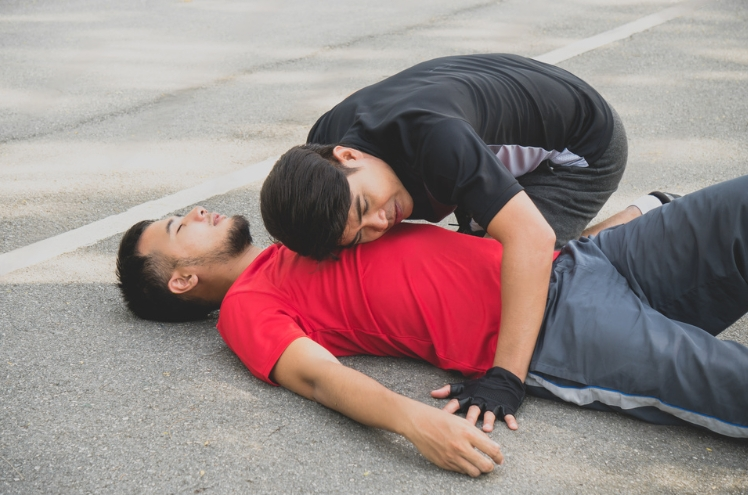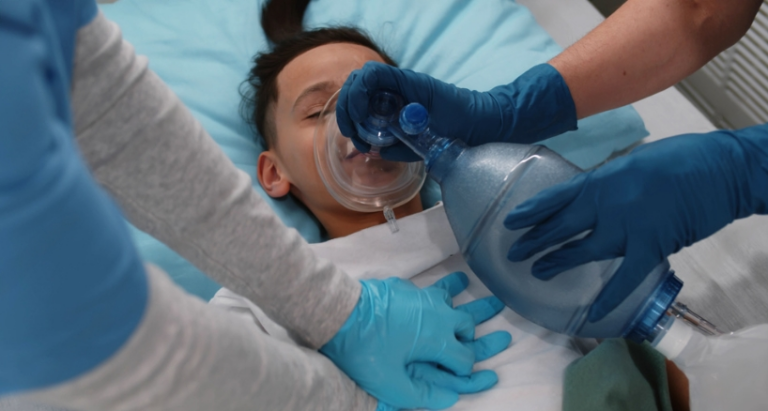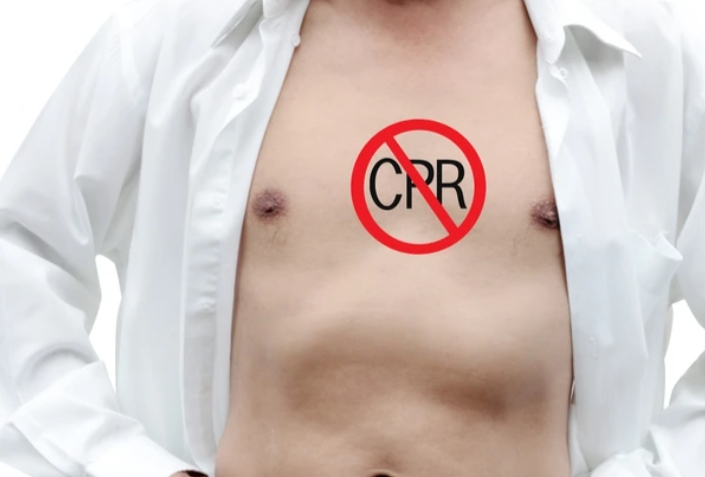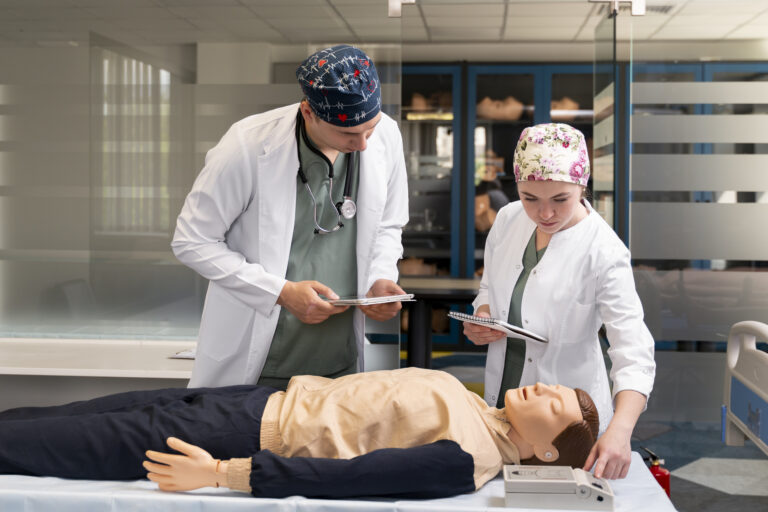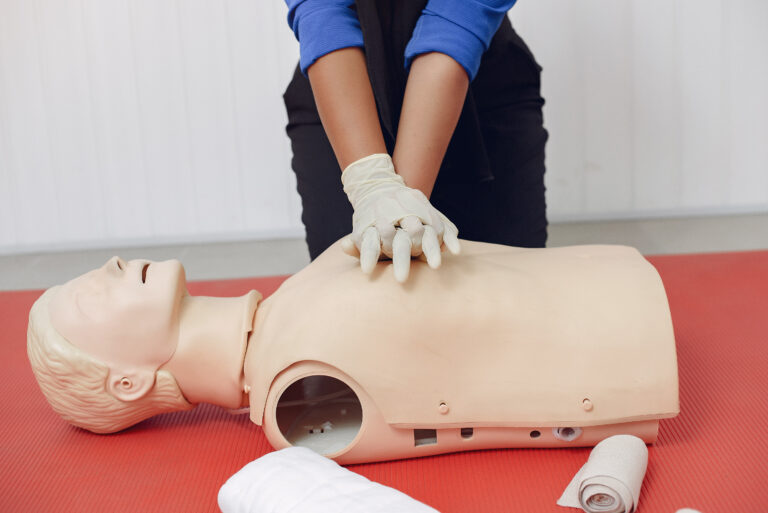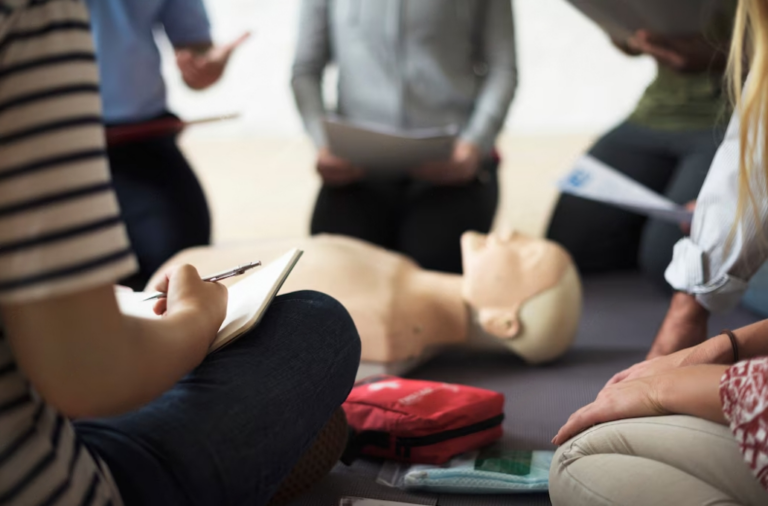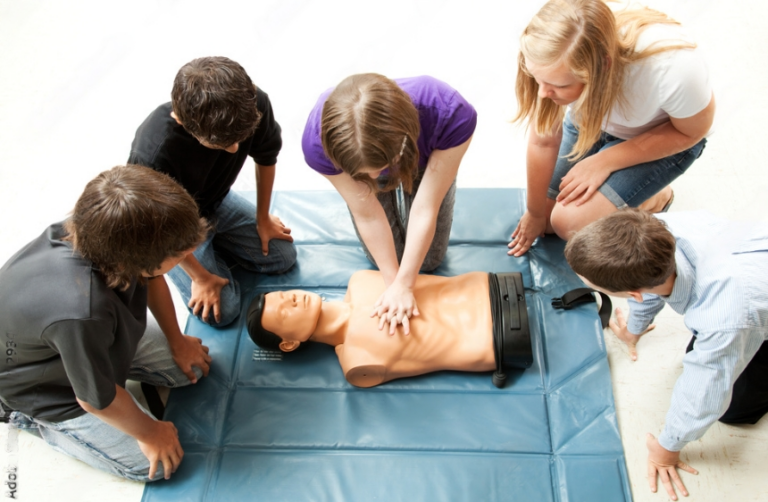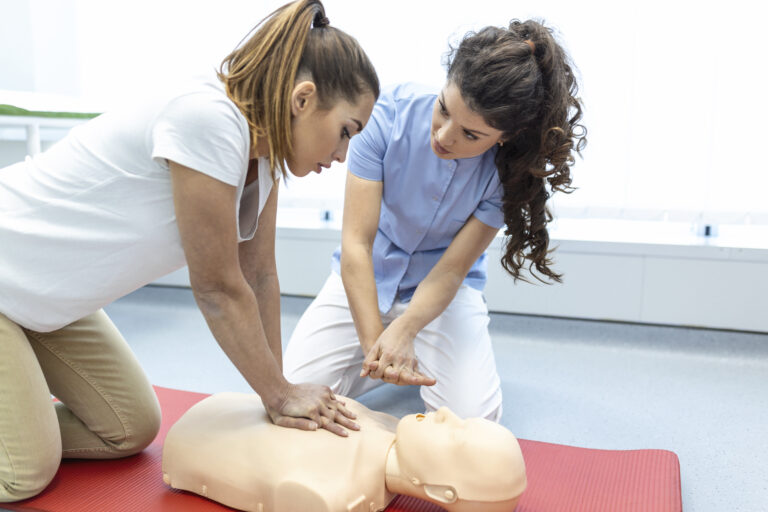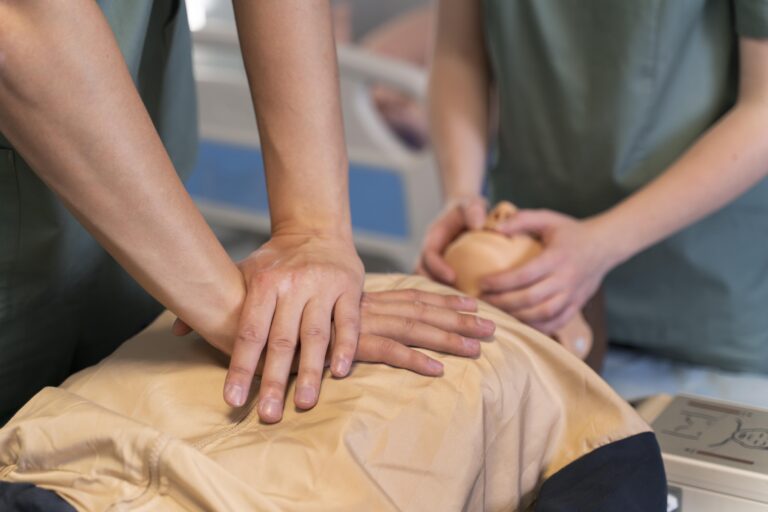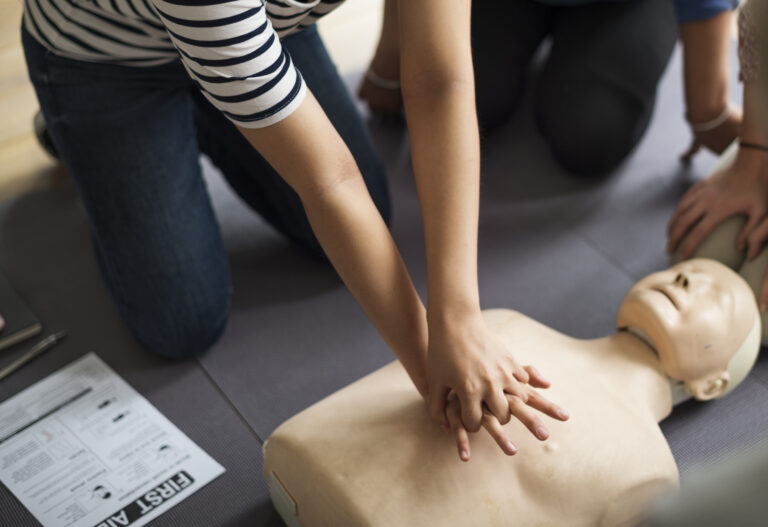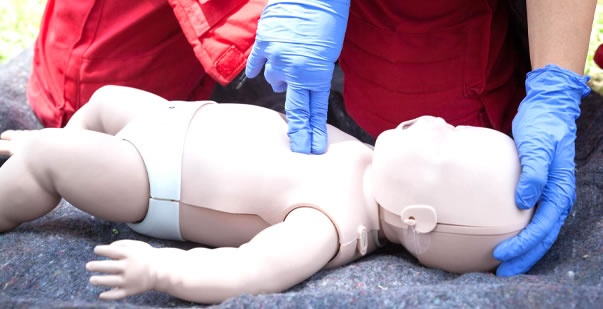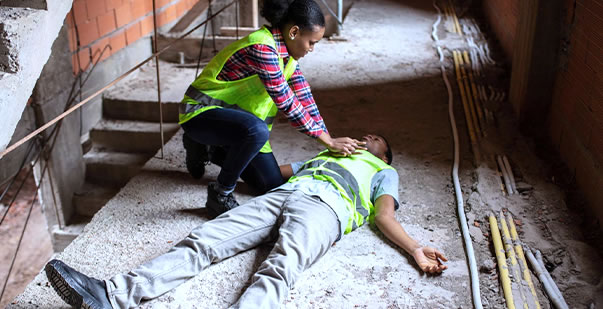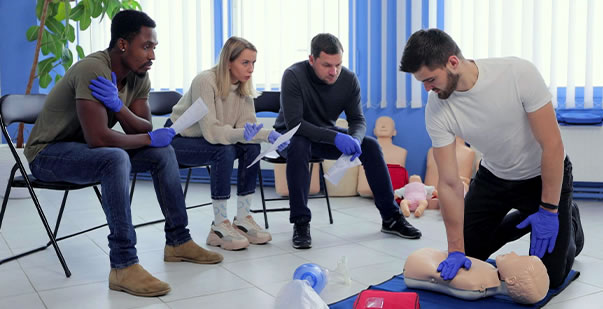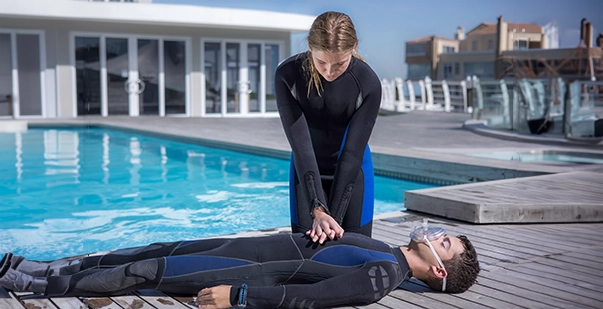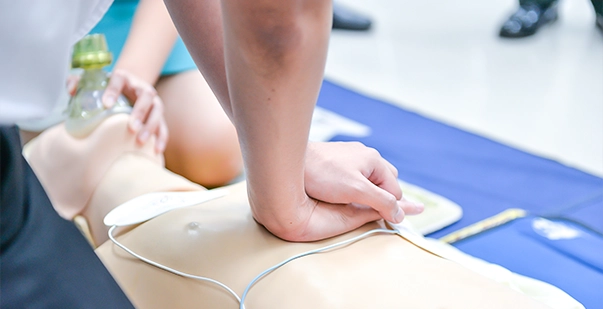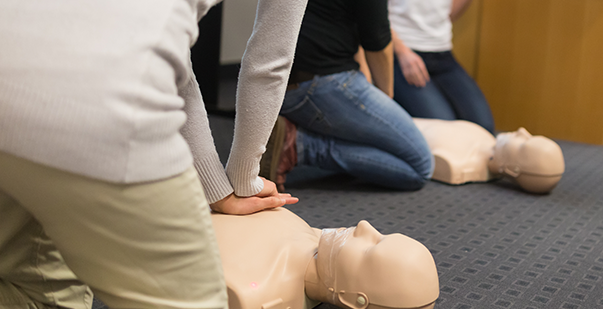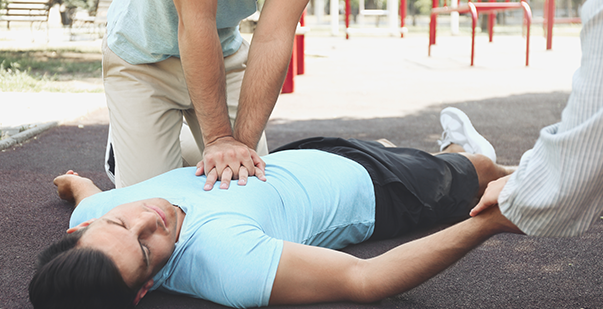Table Of Content(s)
Step 1: Assess the Situation
Step 2: Activate Emergency Response
Step 3: Check Responsiveness
Step 4: Open the Airway
- Step 5: Check for Breathing
- Step 6: Start Chest Compressions
- Step 7: Follow the ABCs of CPR
What is CPR?
CPR, or Cardiopulmonary Resuscitation, is a critical lifesaving technique used to revive individuals experiencing cardiac arrest or other life-threatening emergencies. It involves a combination of chest compressions and rescue breaths to maintain blood circulation and oxygen flow to vital organs until professional medical help arrives. CPR significantly increases the chances of survival in emergencies such as heart attacks, choking, drowning, and gasping.
For emergency responders and bystanders alike, knowing what are the 7 steps of CPR in order is of utmost importance. These steps outline the precise sequence of actions to be taken when administering CPR, ensuring effective and efficient intervention in critical situations. By following the 7 steps correctly, responders can maximize the chances of reviving the individual in distress and potentially saving their life.
Step 1: Assess the Situation
Assessing the scene for safety is the crucial first step in any emergency response, including administering CPR. This initial assessment is vital for ensuring the safety of both the rescuer and the victim. Here’s why it’s important and how to do it effectively:
Importance of Assessing the Scene:
- Personal Safety: Ensure safety for both rescuer and victim by identifying hazards like traffic or fire.
- Minimize Risks: Address potential dangers to minimize the risk of injury to all involved.
- Effective Assistance: Assessing the scene helps make informed decisions and provide aid efficiently.
Guidelines for Assessing the Scene:
- Approach Carefully: Scan the area from a safe distance to avoid danger.
- Identify Hazards: Look for traffic, fire, or other threats and call for help if needed.
- Use PPE: Wear protective gear like gloves or masks to reduce risks.
- Stay Alert: Continuously reassess the scene for changes and adapt as needed to ensure safety.
Step 2: Activate Emergency Response
When faced with a medical emergency requiring CPR, activating emergency response is crucial. Here’s how to do it effectively and why it’s important:
Instructions:
- Call for Help: Dial emergency services immediately or instruct someone nearby to do so.
- Provide Information: Clearly communicate the location, nature of the emergency, and any relevant details to the dispatcher.
- Follow Instructions: Follow any instructions given by the dispatcher, such as providing CPR or staying on the line for further assistance.
Importance:
Activating emergency response initiates the chain of survival, which includes early access to emergency medical services, early CPR, early defibrillation, and advanced medical care. By promptly alerting emergency services, you increase the chances of receiving timely assistance and improve the likelihood of a positive outcome for the victim. Remember, every second counts in a medical emergency, so don’t hesitate to call for help.
Read More: CPR Success Rate: How Effective is CPR?
Step 3: Check Responsiveness
Assessing the victim’s level of consciousness is the next crucial step in performing CPR. Here’s how to do it effectively:
- Approach Safely: Approach the victim cautiously, ensuring your own safety first.
- Tap and Shout: Gently tap the victim on the shoulder and call out loudly, “Are you okay?” Observe for any response, such as movement or vocalization.
- Look for Signs: Check for any signs of responsiveness, such as eye opening, movement, or verbal response
- Assess Breathing: If the victim is unresponsive, check for normal breathing by observing chest rise and fall or listening for breath sounds.
Remember, assessing responsiveness helps determine the appropriate course of action and ensures that CPR is administered promptly if needed.
Step 4: Open the Airway
Opening the airway is essential to ensure proper oxygenation during CPR. Follow these steps to perform the head-tilt, chin-lift maneuver:
- Positioning: Gently place one hand on the victim’s forehead and use your other hand to lift the chin upward.
- Tilt and Lift: Tilt the victim’s head backward by applying gentle pressure on the forehead while simultaneously lifting the chin upward.
- Clear the Airway: Check for any obstructions, such as food, vomit, or foreign objects, and remove them if present.
Maintaining a clear and unobstructed airway is crucial for allowing air to pass freely into the lungs during rescue breaths. This ensures optimal oxygen delivery to vital organs and enhances the chances of successful resuscitation.
Step 5: Check for Breathing
Assessing the victim’s breathing is a critical step in determining the need for CPR. Here’s how to perform this assessment:
- Look: Position yourself next to the victim’s chest and observe for any rise and fall of the chest, indicating breathing.
- Listen: Place your ear close to the victim’s mouth and nose, listening for sounds of breathing, such as normal breath sounds or gasping.
- Feel: Place your hand on the victim’s chest to feel for any movement that may indicate breathing.
If the victim is not breathing or only gasping, initiate rescue breaths immediately. Providing oxygen to the lungs is vital for maintaining vital organ function and increasing the chances of survival.
Step 6: Start Chest Compressions
Performing high-quality chest compressions is essential for maintaining blood circulation during CPR. Here’s how to do it correctly:
Hand Placement:
- For adults: Place the heel of one hand on the center of the victim’s chest, between the nipples.
- For children: Use one or two hands, depending on the child’s size, and place them on the lower half of the sternum.
- For infants: Use two fingers (index and middle) and compress the chest just below the nipple line.
Compression Rate and Depth:
- Maintain a compression rate of 100 to 120 compressions per minute for all age groups.
- Ensure adequate compression depth, about 2 inches (5 centimeters) for adults and children, and about 1.5 inches (4 centimeters) for infants.
Technique:
- Keep your arms straight and position your shoulders directly above the victim’s chest.
- Press down firmly and quickly on the chest, allowing it to fully recoil between compressions.
- Continue compressions at the proper rate and depth until help arrives or the victim shows signs of recovery.
Step 7: Follow the ABCs of CPR
Understanding the ABCs (Airway, Breathing, Circulation) of CPR is crucial for ensuring effective resuscitation. Here’s why each step matters:
- Airway: Ensure the airway is open and unobstructed by using the head-tilt, chin-lift maneuver. This allows for the passage of air into the lungs during rescue breaths.
- Breathing: Assess for signs of breathing by looking, listening, and feeling for chest rise. If the victim is not breathing normally, provide rescue breaths to deliver oxygen to the lungs.
- Circulation: Prioritize chest compressions to maintain blood circulation to vital organs. Effective compressions help circulate oxygenated blood throughout the body, increasing the chances of survival.
Remember to follow the sequence of ABCs to optimize the chances of successful resuscitation and maximize the victim’s chances of survival.
Conclusion
In emergencies, knowing the 7 steps of CPR can be the difference between life and death. By following these steps—assessing the situation, activating emergency response, checking responsiveness, opening the airway, checking for breathing, starting chest compressions, and following the ABCs of CPR—you can effectively respond to cardiac emergencies and potentially save lives.
We encourage all readers to seek CPR training and certification to be prepared to act confidently and decisively in critical situations. With proper training, you can make a significant difference in someone’s life during their time of need.
Frequently Asked Questions
The 7 steps cover critical aspects of resuscitation, ensuring comprehensive intervention for maximum survival chances.
Formal CPR training is recommended to understand proper techniques and adapt procedures based on the victim's age and condition.
While core principles remain consistent, techniques vary slightly based on the victim's age and size, emphasizing the need for proper training.

